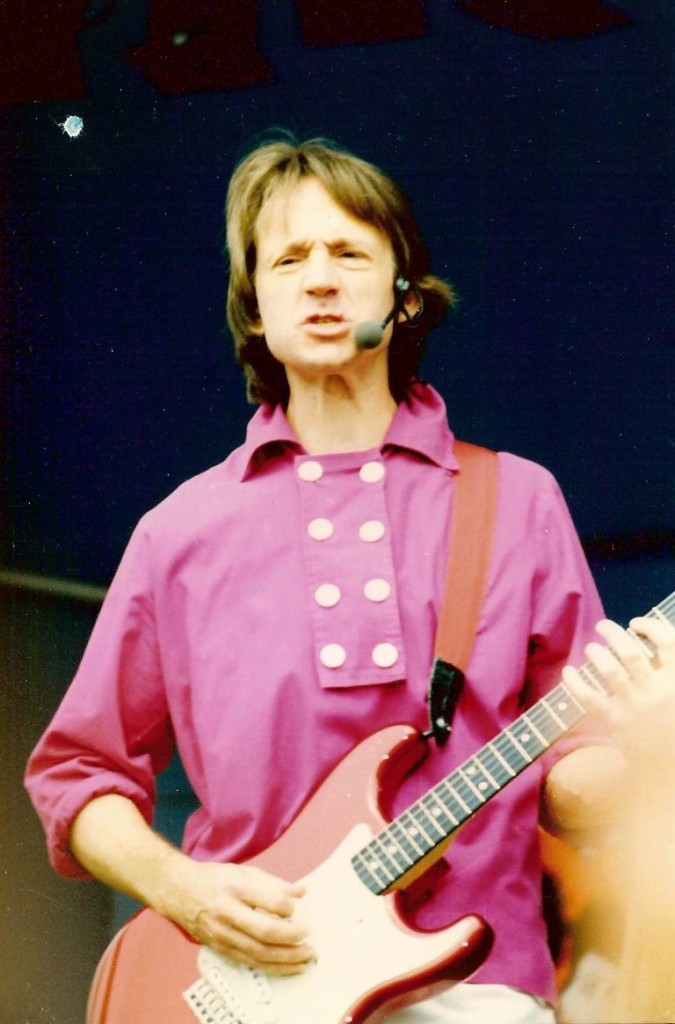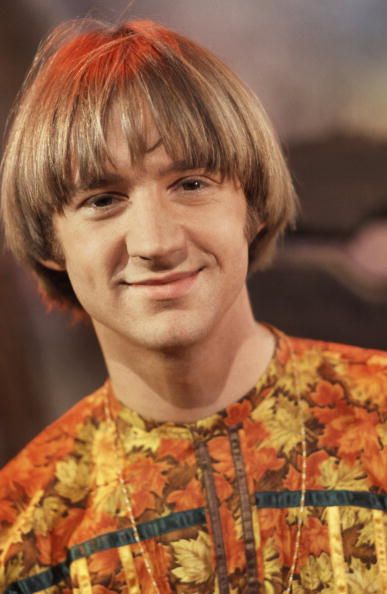Could Peter Tork's journey from a Monkee to an educator be the most underrated transformation in rock history? Indeed, the man who once strummed his banjo on television screens worldwide found himself standing before students at Pacific Hills School in 1976. This shift from pop stardom to teaching was as unexpected as it was profound. While many remember him as one of The Monkees, few realize how deeply he immersed himself into academia and Eastern philosophy. His decision to teach English, math, drama, and even a 'Rock Band Class' reflected not just his versatility but also his desire to inspire young minds.
Peter Tork’s tenure at Pacific Hills School marked a significant chapter in his life. Since September of that year, he dedicated himself to imparting knowledge across various subjects. Beyond academics, he introduced students to the rich tapestry of Eastern philosophies—a subject close to his heart. In interviews during this period, Tork often spoke about his fascination with Far Eastern religions. Despite feeling somewhat inadequate when discussing these complex topics, his enthusiasm was palpable. It wasn’t merely about transferring information; it was about igniting curiosity within his students. Moreover, his 'Rock Band Class' bridged the gap between education and entertainment, allowing students to explore music creatively under his guidance.
| Peter Tork: Bio Data | |
|---|---|
| Name | Peter Halsten Thorkelson (Peter Tork) |
| Date of Birth | February 13, 1942 |
| Place of Birth | Washington, D.C., USA |
| Education | B.A. in English Literature from Tufts University |
| Profession | Musician, Actor, Educator |
| Career Highlights |
|
| Personal Interests | Eastern Philosophy, Folk Music, Banjo Playing |
| Reference Website | The Official Monkees Website |
Peter Tork's musical prowess extended far beyond The Monkees. He was a gifted instrumentalist capable of playing multiple instruments proficiently. Comparisons with George Harrison of The Beatles are inevitable given their shared interests in spirituality and music. However, Tork's skill set encompassed more than guitar-playing—he mastered the banjo, among other instruments. Such versatility underscored his dedication to his craft and highlighted why he remained relevant long after The Monkees disbanded. Even decades later, fans fondly recalled his contributions to both music and culture.
In the early 1960s, Peter Tork performed alongside Stephen Stills, another luminary in the folk-rock scene. Their collaboration showcased the depth of Tork's artistry. During this era, he favored weighty ballads and songs addressing social issues, drawing inspiration from artists like Phil Ochs. These performances demonstrated his commitment to using music as a platform for meaningful expression. Later interviews revealed his thoughts on blending traditional sounds with contemporary themes, creating something uniquely his own.
Michael Nesmith, fellow Monkee and friend, held a special place in Peter Tork's life. Conversations between them delved into everything from music production techniques to philosophical musings. Together, they explored ideas that transcended mere fame, focusing instead on artistic integrity and personal growth. Nesmith's influence on Tork cannot be overstated, particularly regarding their mutual admiration for innovative approaches to songwriting and performance.
Reinhard Straub, a close associate of Peter Tork, played a pivotal role in several projects post-Monkees. As part of Tork's band, The New Monks, Straub contributed significantly to recordings such as (I'm Not Your) Steppin' Stone and Higher and Higher. Interviews with Straub offer valuable insights into Tork's creative process during this phase of his career. Their partnership exemplified the collaborative spirit that defined much of Tork's work throughout his life.
Peter Tork's legacy extends beyond his time with The Monkees or his stint as an educator. He symbolized resilience, adaptability, and unyielding passion for creativity. Whether performing on stage, writing songs, or engaging with students, he brought authenticity to every endeavor. His exploration of Eastern philosophies added another layer to his persona, making him not only a musician but also a thinker and teacher. Through all these roles, Peter Tork left an indelible mark on those fortunate enough to cross paths with him.
As we reflect on Peter Tork's multifaceted career, it becomes clear that he defied conventional labels. More than just a member of a successful pop group, he evolved into a respected figure in both music and education circles. His ability to connect with people through diverse mediums—be it through heartfelt lyrics, thoughtful teachings, or spirited performances—ensured his relevance across generations. For many, Peter Tork remains an enduring symbol of what it means to pursue one's passions wholeheartedly while inspiring others along the way.
Ultimately, Peter Tork's story serves as a reminder of the transformative power of following one's dreams. From his days as a Monkee to his quieter moments as an educator, he embodied the belief that life is meant to be lived fully, authentically, and with purpose. His contributions continue to resonate with audiences worldwide, proving that true talent knows no bounds.



